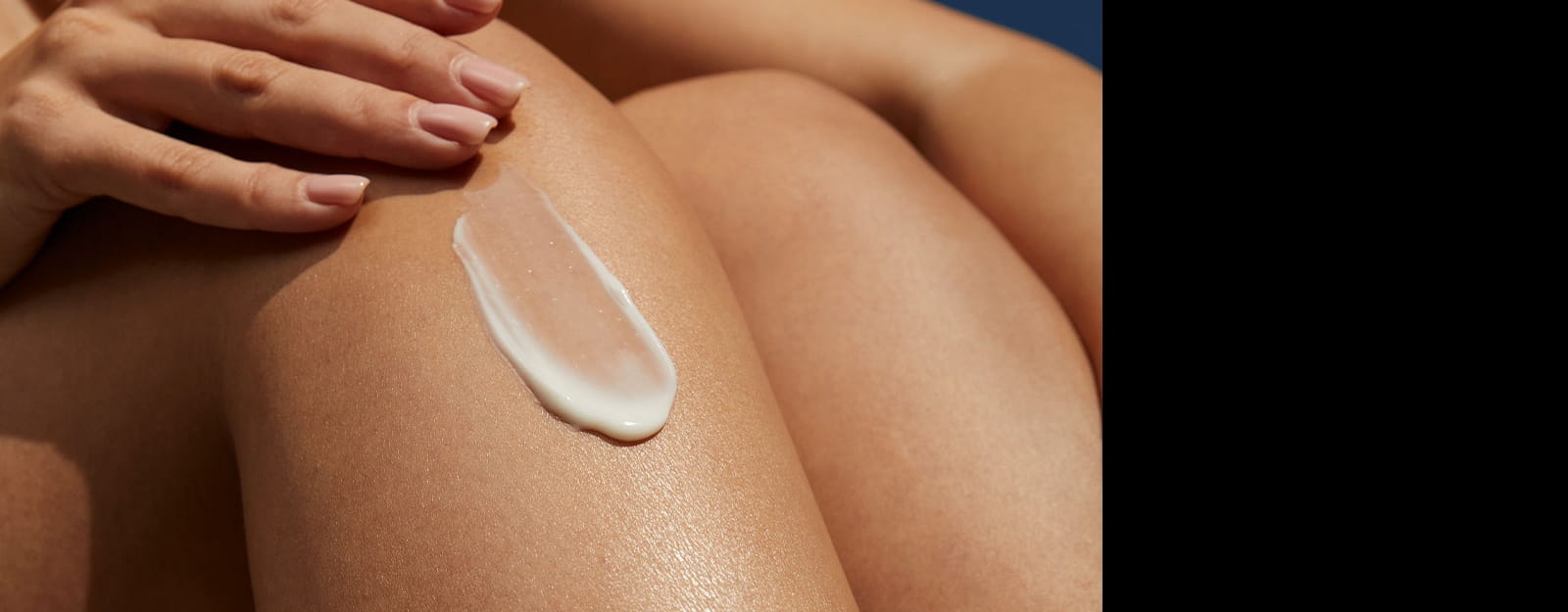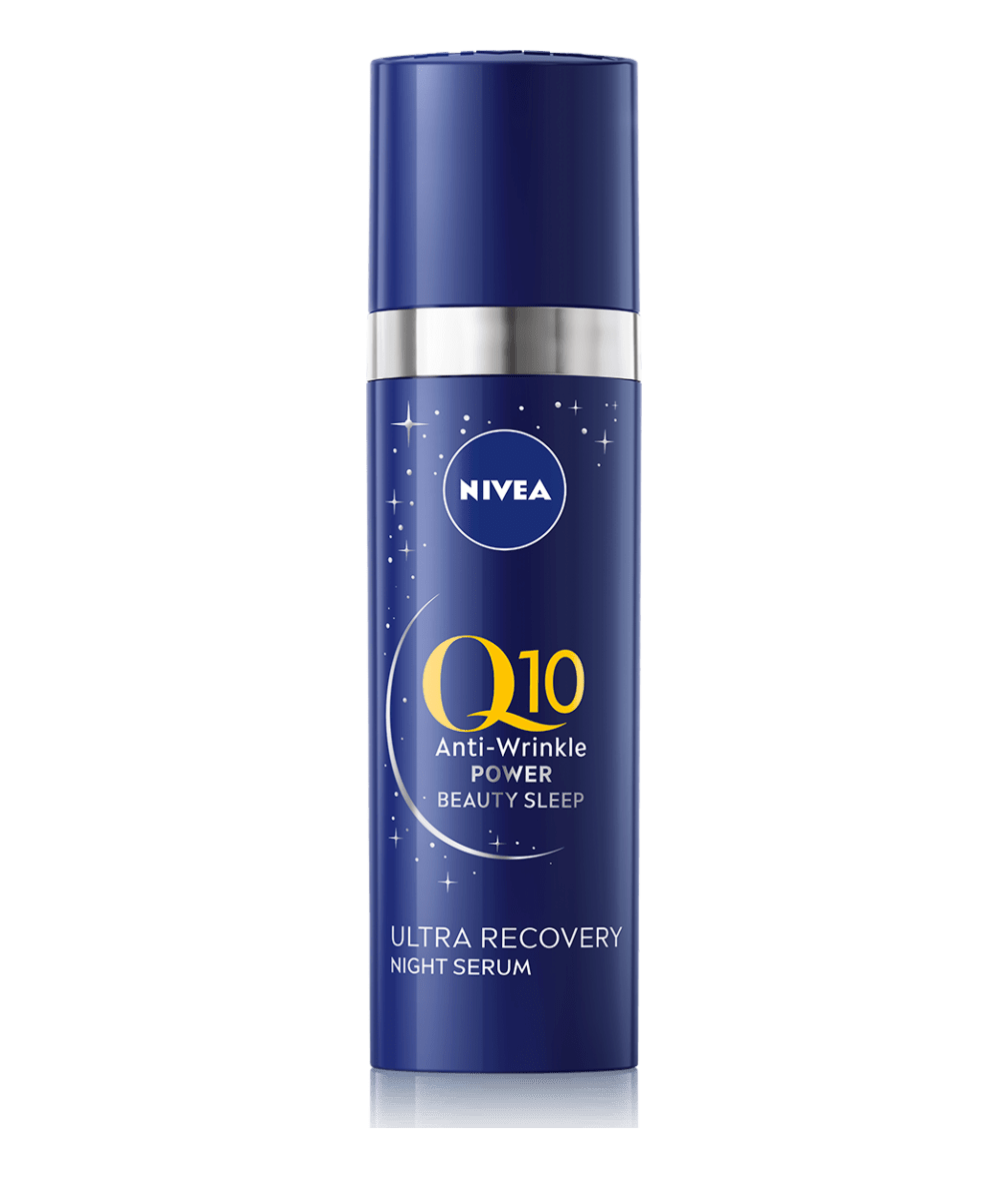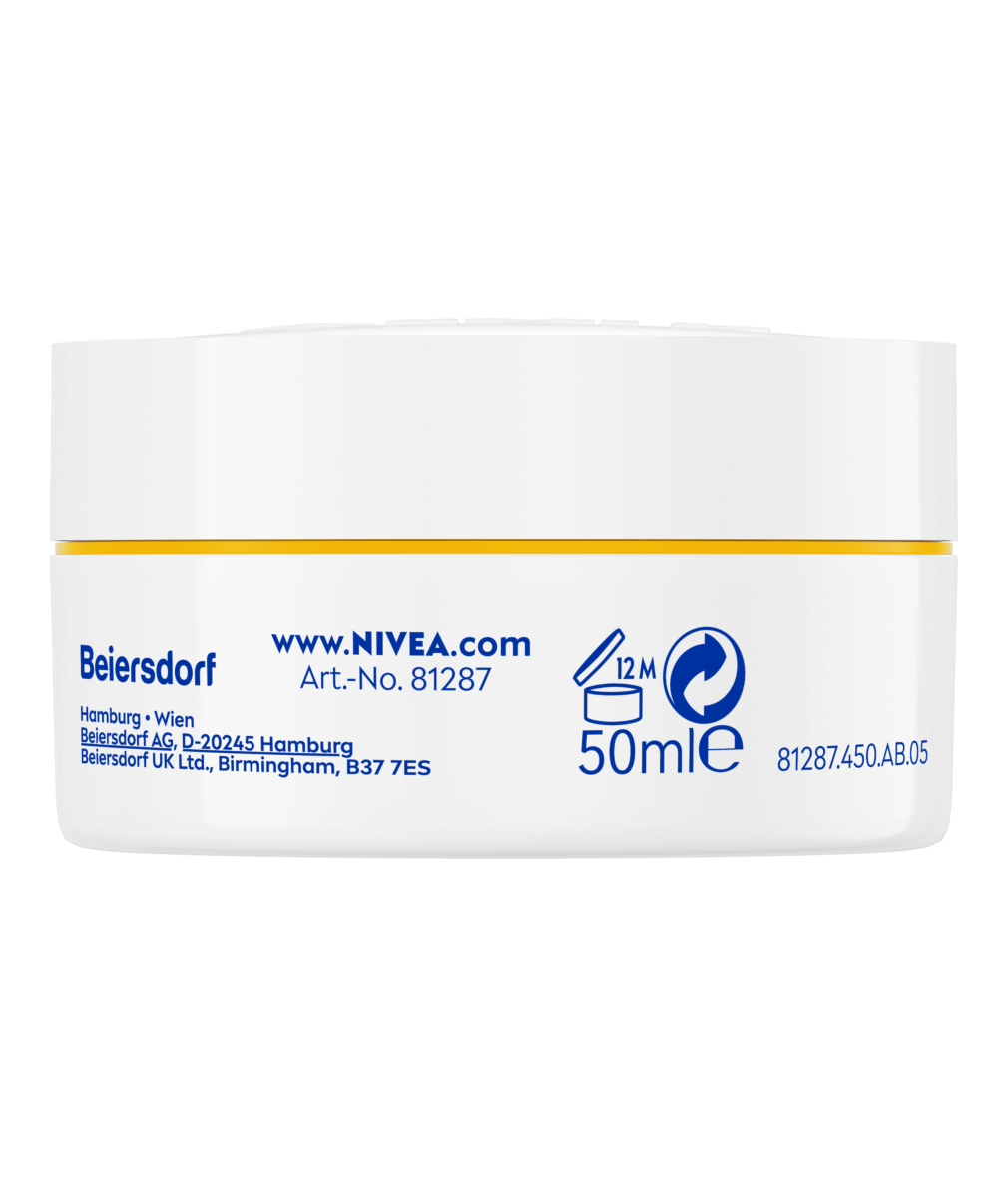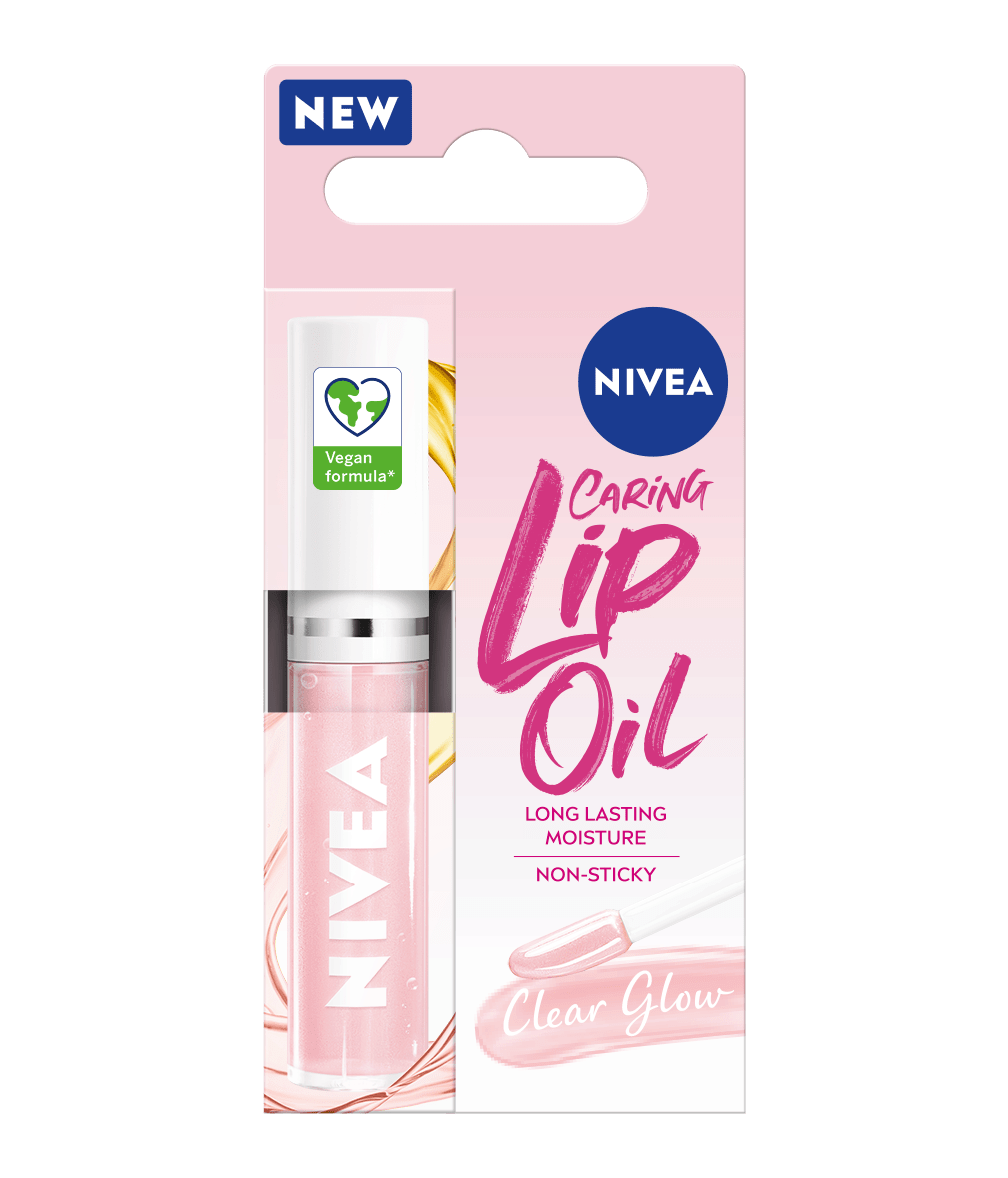
How to Get a Tan in Winter
If you’d like a beautifully bronzed look in the winter months, you’ve come to the right place. Get your skin glowing even when it’s snowing.
WINTER TAN
Tanning in the Winter
As the days grow shorter and colder, you may find yourself missing the balmy summer months for a number of reasons - not least because getting a lovely, radiant tan is not as simple as heading outside and enjoying the sunshine for a few hours every day. The reduced exposure to sunlight in the winter makes getting a tan the natural way a near-impossibility in much of the Northern Hemisphere.
As a consequence, you may find yourself giving up on the idea of getting or maintaining a tan during the winter months. The good news is that there are lots of ways in which you can get a tan despite the reduced sun exposure in winter.
As a consequence, you may find yourself giving up on the idea of getting or maintaining a tan during the winter months. The good news is that there are lots of ways in which you can get a tan despite the reduced sun exposure in winter.
HOW TO GET A TAN IN WINTER
Self-tanning tips
If you decide that you want to apply self-tanner, start by exfoliating your skin: use NIVEA Daily Essentials Gentle Exfoliating Scrub to remove excess dead skin cells. Exfoliating before tanning removes dead skin cells, which means that your skin should serve as a good base for the tanning solution. This will make it easier to apply your tan evenly and ensure that it lasts for longer.
Then, apply NIVEA Q10 Firming + Radiance Gradual Tan Moisturiser. Use our tan moisturiser every other day for a fresh, summery scent to brighten up the winter months. You’ll also enjoy 48 hours’ moisturisation that will keep your skin feeling smooth and soft.
Then, apply NIVEA Q10 Firming + Radiance Gradual Tan Moisturiser. Use our tan moisturiser every other day for a fresh, summery scent to brighten up the winter months. You’ll also enjoy 48 hours’ moisturisation that will keep your skin feeling smooth and soft.
WINTER TAN
How to keep your tan in the winter
If, on the other hand, you already have a gorgeous tan and want to preserve it over the winter period, you need to do things rather differently:




